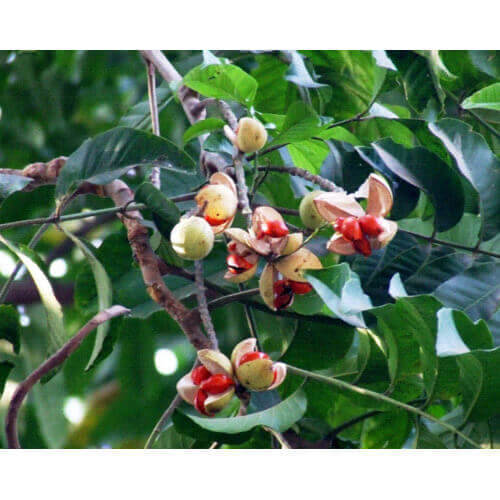
Table of Contents
Rohitaka Tree
The Rohitaka tree, or Aphanamixis polystachya, is a native of India, Pakistan, Nepal, Bhutan, and Bangladesh. Ayurveda has many uses for the tree, including a variety of medicinal properties. Learn how to extract the bark and learn more about the morphology of this plant. Continue reading to learn more about this plant’s Medicinal benefits. Aphanamixis polystachya is one of several types of tamarind, which is used to treat many common ailments.
What Ayurveda says about Rohitaka tree
The Rohitaka tree, scientifically known as Aphanamixis polystachya, is a plant that is native to North and West India. Its leaves resemble pomegranate leaves and have medicinal value. The bark-skin is applied to traumatic wounds to promote wound healing. It is also given as a powder with ghee for gaematoma. In addition to its medicinal value, the Rohitaka tree is also beneficial for those suffering from poisons. Among its medicinal properties, the tree is an antitoxin, blood purifier, and effective against syphilis and gonorrhea.
Other than Rohitaka Ashwagandha is commonly used in Ayurveda to combat stress. It boosts energy and vitality, helps prevent exhaustion, and promotes restful sleep. Ashwagandha is a powerful adaptogen, with properties that can benefit a number of ailments. In addition to cancer, the Ashwagandha plant is used in Ayurvedic medicine for a number of reasons, and is now available in the United States.
Medicinal uses of Rohitaka tree
The Rohitaka tree has several uses. The plant’s name is derived from Sanskrit, which means “herb.” It has been used as a medicinal herb for many years to treat diseases, including liver and spleen disorders. Its bark also contains limonoid, ammorinin, poriferasterol, and rhamnoside, which are all beneficial for liver and spleen health.
Medicinal uses of the Rohitaka tree can range from the treatment of skin disorders to the treatment of various diseases. A paste made from the bark of this tree is applied to traumatic wounds to promote wound healing. A powdered extract of the bark is also given with ghee to treat gaematoma, a condition that results in excessive bleeding. Its antitoxin and blood purifying properties also make it useful in a variety of ailments, including leukemia, gonorrhea, and syphilis.
The Rohitaka tree is an ornamental shrub with leaves that are oblong and covered with yellow or orange flowers. Its leaves have a plethora of medicinal uses, including treating rheumatoid arthritis and liver disorders. The tree is widely found in the Thar Desert, and is even considered the national flower of Nepal. In addition to being an ornamental shrub, it is also known as “Dadimachchhada” in Ayurvedic texts.
Morphology of Tecomella undulata
The flowering time of Tecomella undulata varies widely in different geographical locations. The plant’s morphology has been described as heterogeneous between flowering time from January to May. Bawa (1977) proposed that heterogeneity enhances inter-plant movement of pollinators. The morphology of the flower is also different among its three morphs, each of which has distinct floral colour patterns. The effects of four antibiotics were studied in the plant and indicated that one of the two antibiotics had little effect on the flowering time.
The flower morphology of Tecomella undulata was examined at four different altitudes in the southern Iranian province of Kerman. Using this tree as a model, Palash was able to determine its reproduction methods in four different environments. The study also determined the species’ optimum climate conditions. The tree’s ability to grow at high elevations may make it a valuable agroforestry crop in arid areas. The study also suggests that the plant could be used for a variety of applications.
As a valuable part of agroforestry in western India, Tecomella undulata is on the endangered species list. Conservation and breeding strategies must be adopted to save the versatile tree. One step in saving this plant is to determine its genetic diversity. A study of 42 T. undulata plants in India using amplified fragment length polymorphism (AFLP) markers found 338 bands across 42 accessions.
